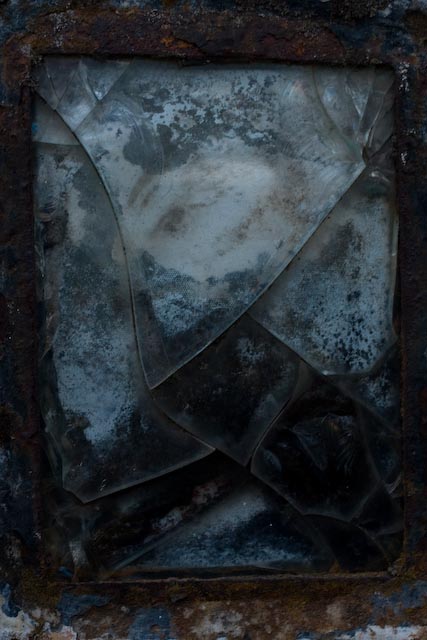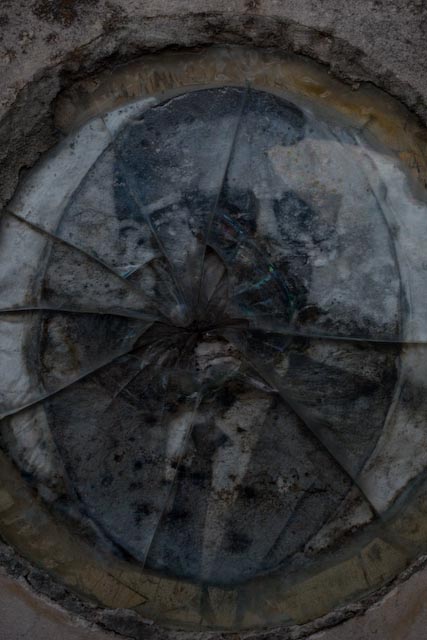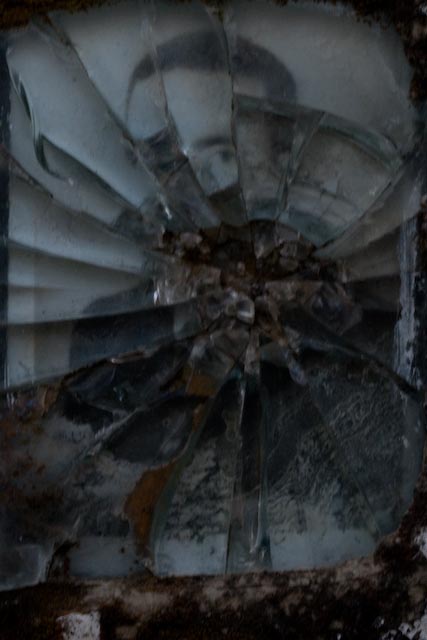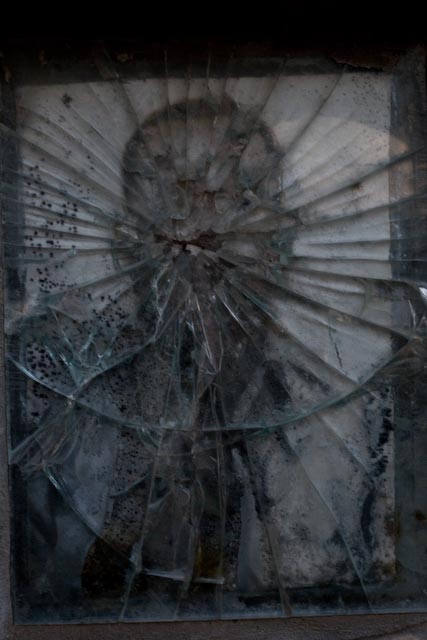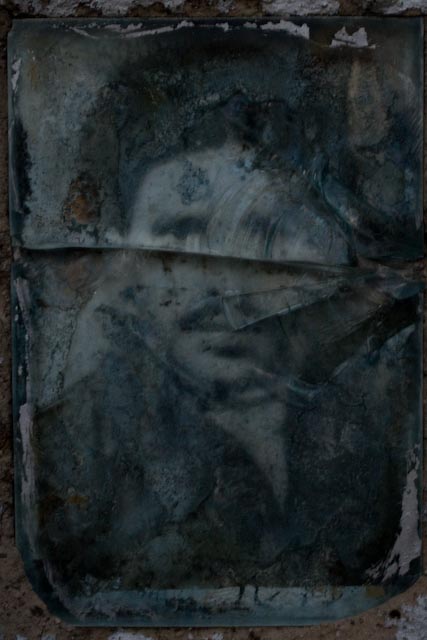Title
inferno
Rule / Constraint
The images in this series are of broken photographs embedded in gravestones. When a person dies in Ethiopia, relatives place a photograph into the tombstone and inscribe a short eulogy for the deceased. Inspired by Ethiopian poet and painter Gebre Kristos Desta who asked skeletons questions, this is a tangent of his conversation.
Were you a king, were you lord, a wealthy man, or a minister? What was your job?
Where did you live? Were you a thinker, a philosopher? Were you a beauty in your day,
a mistress of powerful men? Maybe you carried wood and gathered cow dung.
Maybe you were a socialite adorned in gold and diamonds, your perfumes
flooding from Paris? In death we are unmarked bones like any other.
We all need witnesses for our lives—a tombstone, a relative, a keeper of stories.
—”Skeletons,” Expansive Pathway … Lifetime Traveler: An Anthology of Poetry,
Ed. Heran Sereke-Berhan
Medium(s) / Material(s)
Photography. Found gravestones, broken glass and photographs.
Technique(s)
Philosophy-as-technique: as a photographer, I try as much as possible to escape being pigeonholed. This is especially relevant as an African—and Ethiopian—photographer. I place myself among my peers (photographers and painters) across the world. As an Ethiopian, I do not have a duty to focus my lens on suffering alone. My life, and that of other African artists, is not predicated on poverty and hardships, although they are common sights. Rather, I seek to understand my life and standpoint in the 21st century and express these through art.
Bio
Born in 1975, Michael Tsegaye lives and works in Addis Ababa, Ethiopia. He studied painting at the Addis Ababa University School of Fine Arts and Design in 2002 but gave up painting when he developed an allergy to oil paint. However, he discovered a passion for photography—not just as a profession but to express his particular voice.
Artist Info
michaeltsegaye.com
